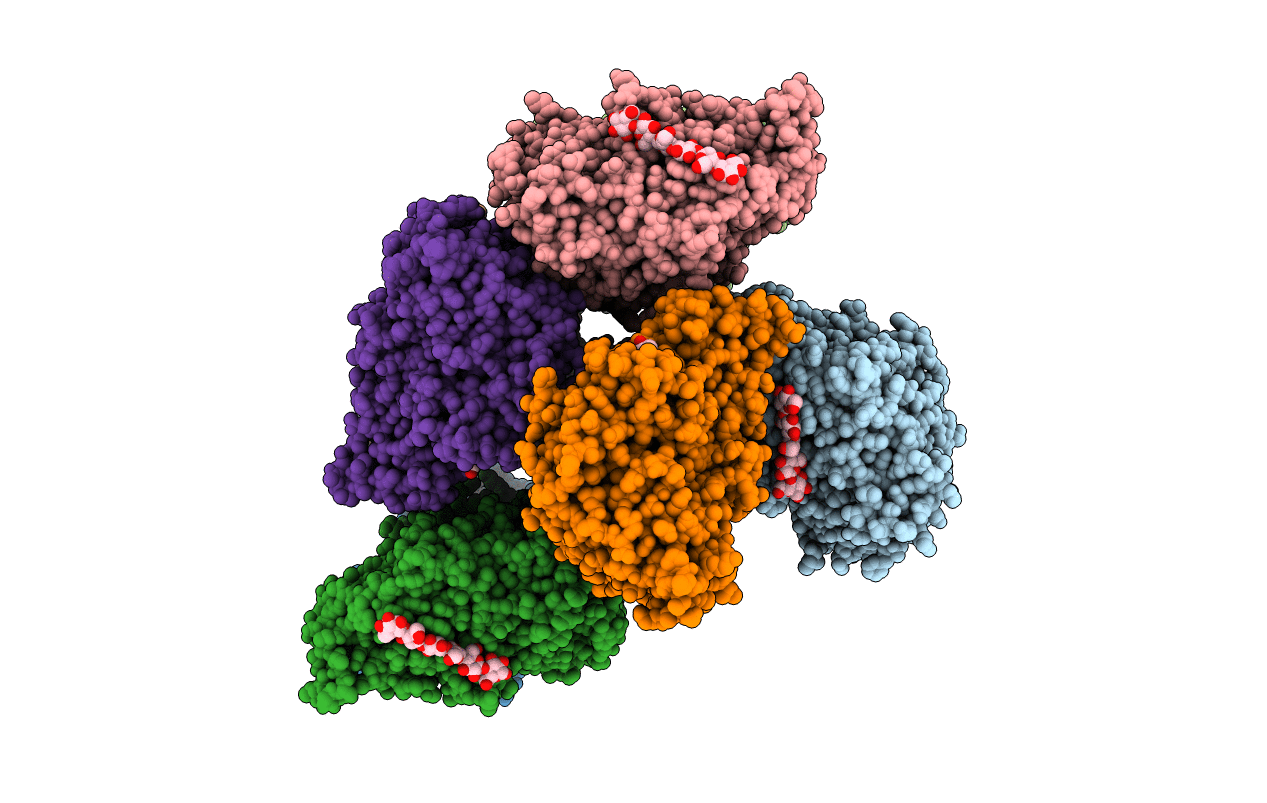
Deposition Date
2018-06-05
Release Date
2019-05-29
Last Version Date
2023-10-11
Entry Detail
PDB ID:
6DMF
Keywords:
Title:
Bacteroides ovatus mixed-linkage glucan utilization locus (MLGUL) SGBP-A with cellohexaose
Biological Source:
Source Organism:
Host Organism:
Method Details:
Experimental Method:
Resolution:
2.40 Å
R-Value Free:
0.24
R-Value Work:
0.18
R-Value Observed:
0.19
Space Group:
P 61


